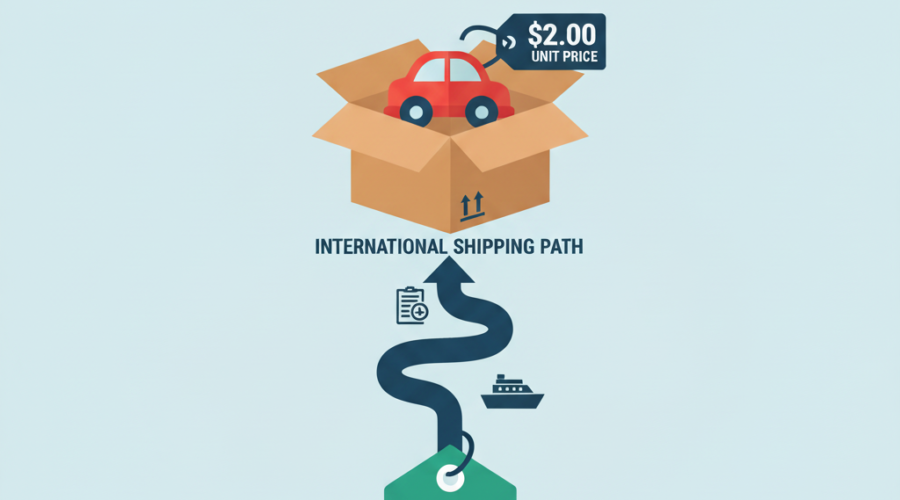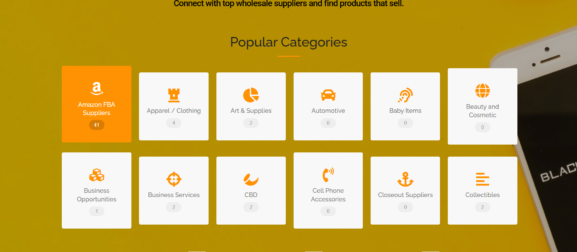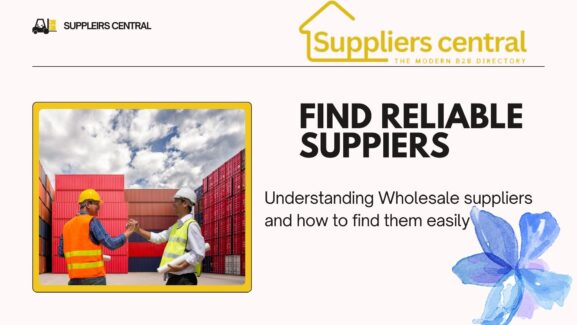Importing & Landed Cost 101: How to Calculate Total Costs When Buying from Overseas Suppliers
Buying products from overseas can look easy at first. Prices on sites like Alibaba or other platforms often seem very low. Many small businesses think they are getting a bargain.
But the truth is that importing is more than just paying for the product. There are hidden costs that add up along the way. Many new importers only realize this when they get bills for shipping, customs, or storage. By then, profit margins may already be gone.
This guide explains how to calculate landed costs step by step. It will help you understand what to include and how to calculate the real price of each item you bring in.
Why Landed Cost Matters
Let’s look at a quick example.
Imagine a product listed for $2 each. You order 500 units. You expect to pay $1,000.
When the goods arrive, you see more bills:
-
Customs duty: $150
-
Shipping: $400
-
Port fees: $80
-
Domestic delivery: $60
Now the total is $1,720, not $1,000. That means each unit costs $3.44 instead of $2.
If you sell the item for $4, your profit is very small. This is why landed cost matters. Without it, you may set the wrong price or even lose money.
Step 1: Unit Price, MOQs, and Volume Discounts
The base number is the unit price. This is the price per piece that the supplier charges.
Suppliers also set an MOQ, which means minimum order quantity. If the MOQ is 500 units, you cannot order less than that.
Some suppliers offer discounts if you buy more. For example:
-
500 units at $2.00 each = $1,000
-
1,000 units at $1.80 each = $1,800
At first glance, $1,800 looks like more money. But per unit, $1.80 is cheaper, and in the long run may save you cost.
When you plan an order, always check MOQs and price breaks.
Step 2: Shipping Types and Lead Times
Once the goods are ready, they need to travel from the supplier to your country. The two most common options are air shipping and sea shipping.
-
Air shipping: Fast, usually takes 5–10 days, but expensive.
-
Sea shipping: Cheaper, often takes 25–40 days, but much slower.
A small 50kg shipment by air may cost around $200. The same goods by sea might cost $80 but arrive weeks later.
Lead time matters. If your business relies on fast turnover, air may be worth it. If you can wait, sea may save money.
Some importers mix both. They ship a small part by air to start selling, and the rest by sea.
Step 3: Duties, Customs, and HS Codes
Every product is classified with a code known as the HS code (Harmonized System code). Customs officers use it to decide taxes and duties.
Duties change by product and by country. For example:
-
Clothing may have a duty rate around 16%.
-
Electronics may be 5%.
-
Books may be duty-free.
If you use the wrong HS code, you could be fined or delayed. Always check with your customs broker or use your government’s online tariff lookup.
Customs fees may also include processing charges or port handling charges. These need to be added into landed cost.
Step 4: Insurance, Packaging, and Handling Fees
Suppliers usually pack goods before shipping. Basic packaging may be free, but special packaging costs extra. Fragile items like glass need extra care.
Insurance is another cost. Shipping goods across borders always carries risk. Containers can get lost or damaged. Insurance protects your money in case of loss.
Handling fees are also common. For example, freight companies may charge for loading, paperwork, or extra checks.
Each small fee may look minor, but when combined, they can increase the landed cost more than expected.
Step 5: Domestic Freight, Warehousing, and Returns
Once goods land in your country, the journey is not over. They need to be transported to your warehouse or storage location.
Domestic freight costs depend on:
-
Distance from port or airport.
-
Weight and size of shipment.
-
Delivery type (truck, courier, etc.).
After delivery, storage fees may apply. Warehouses often charge per pallet or per cubic meter per month.
If you sell online, you may also face return costs. Customers may send items back, and return shipping is another hidden cost.
These expenses are part of landed cost because they affect the true cost per unit.
The Landed Cost Formula
To avoid mistakes, use a clear formula.
Landed Cost = Product Price + International Shipping + Duties + Customs Fees + Insurance + Handling + Domestic Freight + Warehousing
Example:
-
Unit price: $2.00
-
Quantity: 500 units = $1,000
-
Shipping: $400
-
Duties: $150
-
Customs fees: $80
-
Insurance: $30
-
Domestic freight: $60
Total landed cost = $1,720
Unit cost = $1,720 ÷ 500 = $3.44 per unit
This number is the real cost you must use to set your selling price.
Tools and Partners That Help
Importing alone can feel heavy. But there are experts and tools that can help.
-
Freight forwarders: Handle transport and paperwork.
-
Customs brokers: Check HS codes, duty rates, and file customs entries.
-
Online calculators: Some sites let you estimate landed cost. But numbers may vary, so always confirm with real quotes.
Working with the right partners reduces risk and avoids surprise fees.
Common Mistakes Importers Make
Many new importers repeat the same mistakes:
-
Forgetting to add customs duty into landed cost.
-
Ignoring domestic freight and storage fees.
-
Not checking the HS code before shipping.
-
Believing supplier shipping numbers without cross-checking.
-
Forgetting about returns and damaged goods.
Each mistake can cut into profit. A landed cost calculation helps avoid them.
Extra Factors That May Affect Landed Cost
There are a few more details that can also change landed cost:
-
Currency exchange: If you pay in another currency, rates can change.
-
Bank transfer fees: Some payment methods add extra charges.
-
Seasonal demand: Shipping costs rise in busy seasons like holidays.
-
Port delays: Extra storage days at port may mean higher fees.
These are not always easy to predict, but being aware of them helps you plan.
Final Thoughts
Importing products is not just about buying cheap items overseas. The true test of profit is in knowing landed cost.
By adding up all costs — product price, shipping, duties, handling, storage, and more — you can set the right selling price and protect your margin.
Every successful importer learns this lesson. The smart ones calculate landed cost before they place an order, not after.



